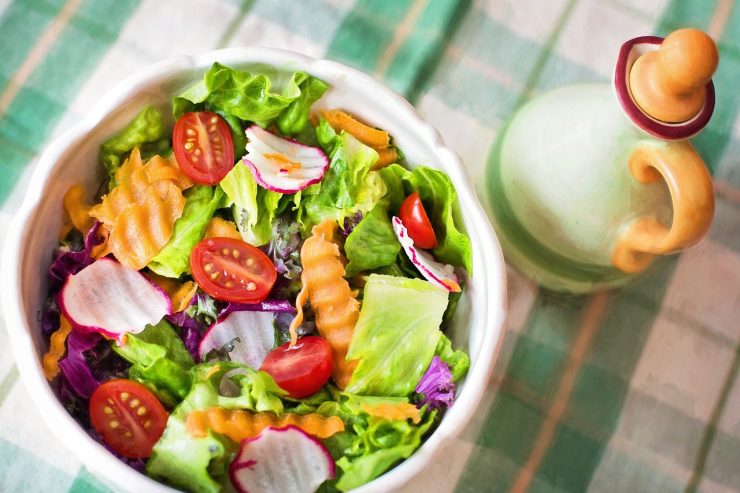Seven Superfoods Hiding in the Trash Can
Food waste is on everyone’s radar these days—especially when it comes to expensive organic produce. But here’s the kicker: some of the most nutritious parts of fruits and veggies are the bits that often get tossed without a second thought. Peels, stems, tops—they’re full of fiber, antioxidants, vitamins, and minerals.
Using every edible part of fruits and vegetables isn’t just good for health—it can also help stretch a grocery budget. Just one caveat: when consuming skins, rinds, or leafy tops, it’s best to choose organic and local produce whenever possible, and always give everything a good wash. Skins and peels of conventional produce can harbor pesticides, and even organic fruits and veggies may be coated in wax or protective oils.
Let’s take a look at seven nutrient-packed produce scraps that deserve a spot on the plate—not in the trash.
1. Carrot Tops
Carrot greens often end up in the compost bin, but they’re actually rich in potassium, chlorophyll, magnesium, and vitamin K. Like other leafy greens, they support heart health, blood sugar regulation, and strong bones.
How to use them: Finely chop and use them like parsley in soups, salads, or sprinkled over roasted veggies. Their slightly bitter flavor pairs well with savory dishes. They’re also a great base for pesto or a fresh chickpea and cumin salad.
2. Radish Greens
Radish leaves are peppery, crisp, and full of nutrients like vitamin A, C, iron, and potassium. They may help balance sodium levels, support the immune system, and even offer antimicrobial properties.
How to use them: Toss them raw into salads or blend into green smoothies. They can also be sautéed with other greens or added to soups. Their flavor is similar to arugula, so they work well in zesty, hearty dishes.
3. Mango Skins
Mango peels are edible—and surprisingly nutritious. They’re rich in antioxidants like mangiferin, quercetin, and resveratrol, which have anti-inflammatory, antidiabetic, and heart-protective properties.
Note: Mango skin contains urushiol, a compound also found in poison ivy. Anyone with a sensitivity should avoid it.
How to use them: Try eating thinly sliced peel with the fruit (like eating an apple), or add a small amount to smoothies. Mango zest can also be used in desserts, salads, or teas.
4. Avocado Pits
Avocado seeds aren’t just hard stones—they actually contain antioxidants, fiber, and anti-inflammatory compounds. Some cultures use them to address issues like arthritis and digestive discomfort.
How to use them: Roast the pit, then crush or blend into a powder. A teaspoon can be added to smoothies or steeped as tea. Keep portions small, as too much may not be ideal for everyone.
5. Citrus Peels & Pith
The white pith inside oranges and grapefruits is often peeled off, but it’s actually where most of the vitamin C and flavonoids live. These compounds may lower cholesterol, reduce inflammation, and even fight cancer.
How to use them: Leave the white pith on when eating citrus. Grate the outer peel (zest) over meats, veggies, smoothies, and even desserts. Citrus zest adds a punch of flavor and a boost of nutrients.
6. Watermelon Rind & Seeds
The white part of watermelon rind contains citrulline, an amino acid that supports blood flow and circulation. And those black seeds? They’re packed with protein, B vitamins, and minerals like magnesium and zinc.
How to use them: Peel off the tough outer skin and blend the white rind into smoothies or pickle it. Watermelon seeds can be rinsed, roasted, and sprinkled on salads, yogurt, or eaten as a snack.
7. Broccoli Stalks
Broccoli stalks often get trimmed away, but they’re just as rich in cancer-fighting compounds as the florets. They also offer fiber, vitamins, and a tender crunch when prepared properly.
How to use them: Peel the tough outer layer, then slice and sauté, spiralize, or add raw to salads and slaws. Try tossing stalk ribbons into a stir-fry or dipping raw slices in hummus.











